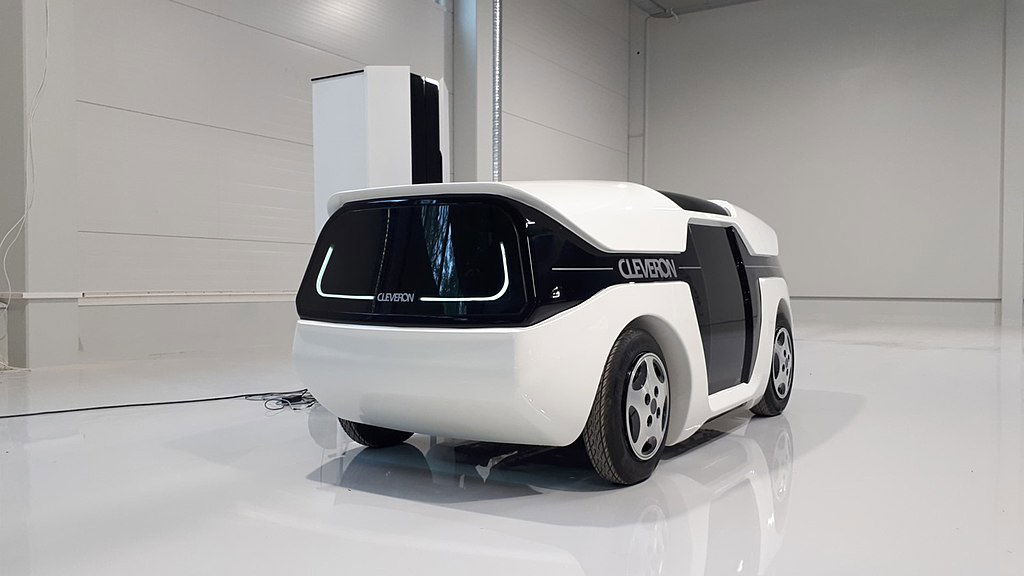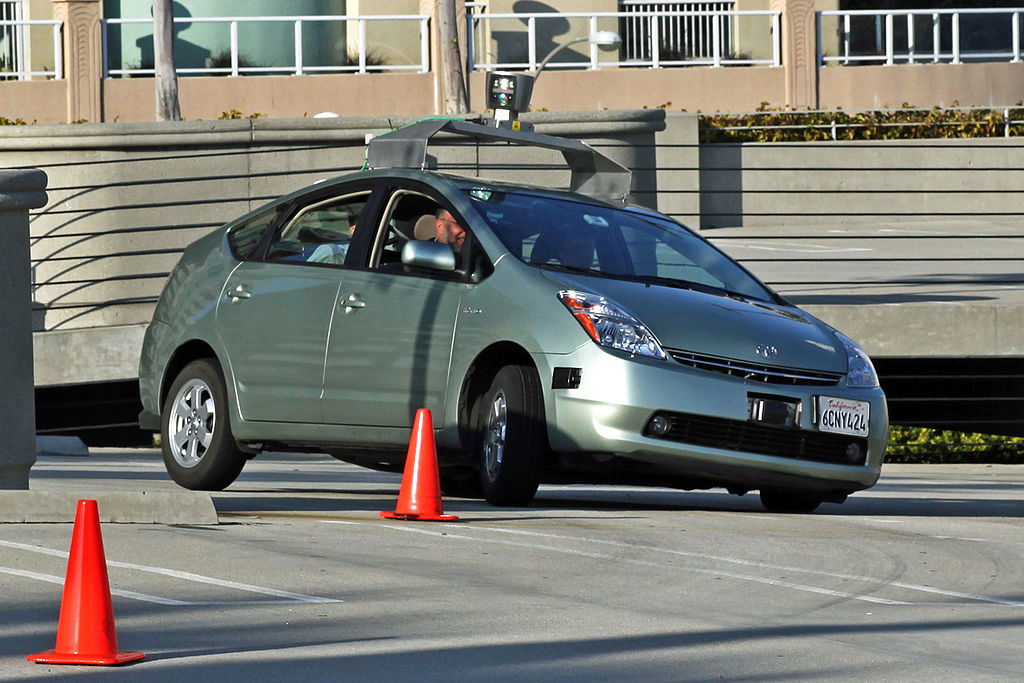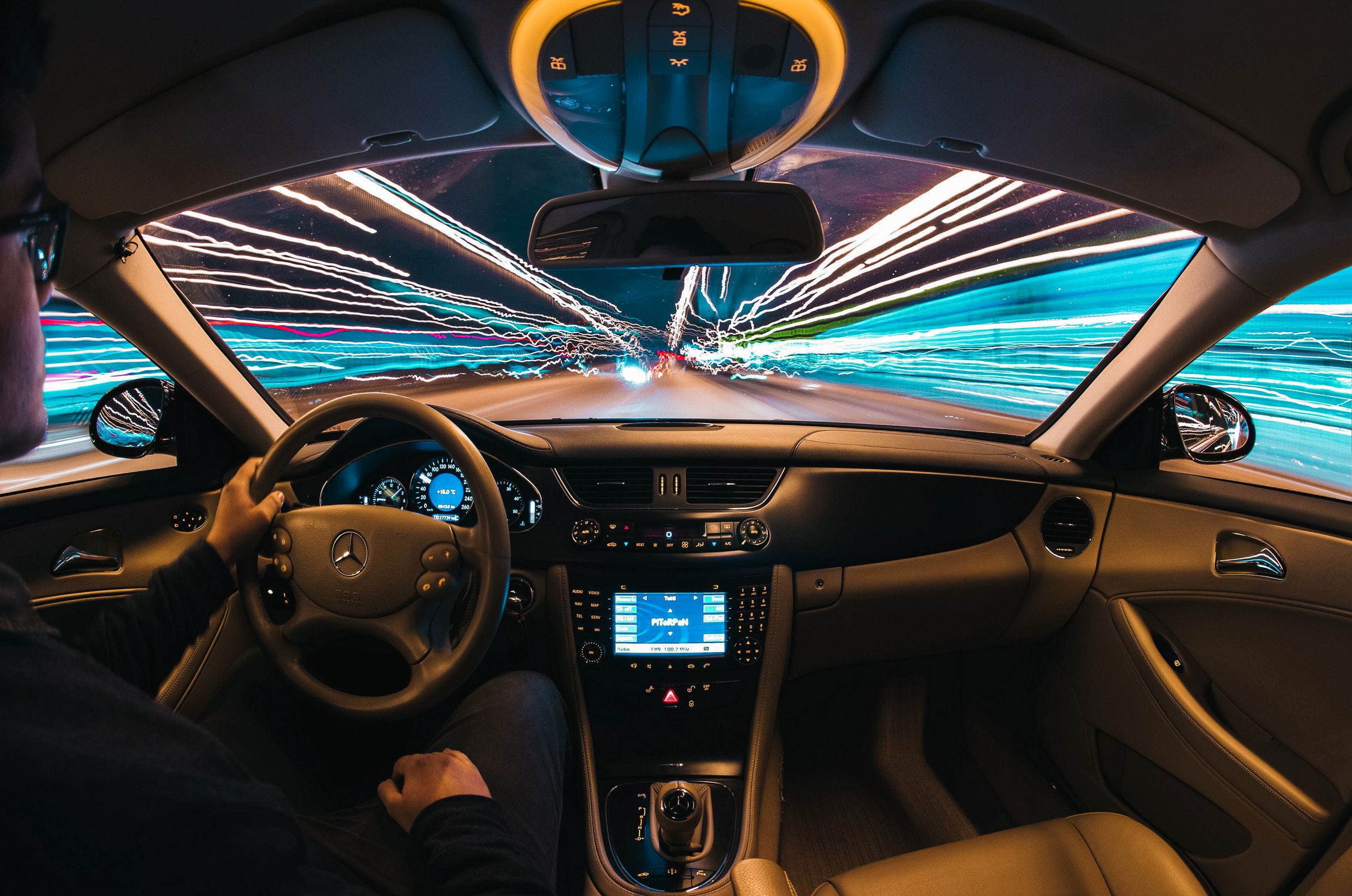Artificial Intelligence (AI) has revolutionized various business sectors, but its influence is particularly profound in the manufacturing and automotive industries.
Recent projections indicate that AI's presence in the automotive sector is set to soar, with a compound annual growth rate of nearly 40 percent, expected to reach a staggering $15.9 billion by 2027. This surge is propelled by the growing demand for connected vehicles and smart technologies like voice and image recognition, reshaping the entire automotive landscape.
In this article, we delve deeper into the diverse applications of AI in the automotive industry beyond the realm of autonomous vehicles.
Related Reading: Stellantis To Build Electric Aircraft By 2025
The Role of AI Beyond Autonomous Cars

While autonomous vehicles often steal the spotlight, the significance of AI extends far beyond the concept of self-driving cars.
AI and automation have become indispensable in various facets of automotive manufacturing, including the intricate processes involved in vehicle design, production, and assembly. Smart robots and automation technologies play a pivotal role in streamlining the manufacturing process, enhancing precision, and improving efficiency.
Moreover, AI has become a linchpin in the synergy between production and sales. Sales and vehicle data are harnessed for predictive modeling, facilitating real-time adjustments in production to match market demand. This flexibility has proven essential, especially in light of supply chain disruptions experienced during recent global crises, such as the COVID-19 pandemic.
AI's Integration Across the Automotive Value Chain

Artificial intelligence and automation permeate all three fundamental categories within the automotive value chain:
1. Manufacturing:
The manufacturing journey commences with design and spans across the supply chain, production, and post-production phases. AI contributes to vehicle design and the development of equipment and robots employed in the manufacturing process.
Innovations include AI-powered wearable exoskeletons worn by designers to enhance safety and comfort in automobiles.
2. Transportation:
AI benefits transportation through driver assist programs, autonomous driving technologies, driver risk assessments, and real-time driver monitoring systems. These innovations play a pivotal role in improving road safety and driving experiences.
3. Service:
AI finds applications in predictive maintenance, monitoring engine and battery performance, and designing insurance programs that calculate risks and costs based on driver behavior.
The Pioneering Role of Digital Twins in Automotive Manufacturing

The creation and testing of automobiles and their numerous components traditionally involve significant time and financial investments. Enter digital twin technology, a concept introduced two decades ago, which has since become invaluable.
A digital twin is essentially a virtual model used to simulate and test processes, products, and services. Engineers, analysts, and scientists can explore real-world scenarios in a safe, cost-effective, and virtual environment.
In automotive manufacturing, digital twin technology provides a cost-effective means of testing vehicles and individual components virtually, granting a profound understanding of real-world performance. This technology aids in testing fixes, modifications, or repairs, resulting in cost and time savings, as well as a reduction in defects in the final product.
Enhancing the Driver's Experience

While the prospect of Level 5 self-driving cars may not be too distant, AI offers immediate and impactful enhancements to the driver's experience.
By harnessing computer vision, natural language processing, and robotic automation, manufacturers are creating vehicles that are not only safer but also more comfortable.
These modern vehicles are equipped with advanced computer technology and connectivity, allowing them to better interpret road conditions, weather, the behavior of other drivers, and traffic patterns.
Some noteworthy systems that are either on the horizon or already available include:
Related Reading: Volvo Says All Of Its Vehicles Will Be Fully Electric By 2030, No Matter What
1. Driver Monitoring:
Offers services such as adjusting controls for different drivers and monitoring head and body positions to detect drowsiness or make adjustments during accidents. Driver monitoring systems (DMS) are designed to monitor the driver’s state and activities to improve safety in automobiles.
The development of DMS involves the use of computer vision systems that employ artificial intelligence (AI) algorithms to analyze the driver’s behavior and detect any signs of drowsiness, distraction, or inattention. Below are six instances:
Camera and Sensor Variance Modeling: Multi-modal camera systems (RGB, NIR) are modeled in different in-cabin positions within the car environment. Camera placement and sensor systems are customized for any vehicle’s make and model. Different imaging technologies can be applied to different use cases; e.g., RGB for distracted driving detection, NIR for OMS in low-light conditions.
Driver State Monitoring: Driver demographics, head pose, emotion, and gestures are varied to model real-world scenarios accurately. In-cabin models are trained to comply with Euro NCAP requirements for driver operating status, driver state, driver authentication, eye gaze detection (for both “lizard” and “owl” ocular movement), hands-on-steering-wheel detection, and seatbelt detection.
- Activity and Object Recognition: Euro NCAP standards for driver operating status (talking on phone, eating, etc.) are met by detecting the presence of various activities and objects. Mobile phones and coffee cups are common distractions, and activities that lead to accidents include eating, talking on a handheld device, and in-cabin interactions between driver and occupants.
- Experience Personalization: Facial recognition can be used to customize a broad range of driver and occupant preferences. Audio and entertainment, seat position, temperature, and other settings can all be configured automatically using computer vision and sensor systems.
- Occupant Monitoring: The primary objective of an Occupant Monitoring System (OMS) in a car is to enhance safety by providing real-time information about the occupants’ actions and status. The system can detect if occupants are wearing their seat belts, their posture, whether they are drowsy or distracted, and even their emotional state.
- Driver-Pedestrian Interaction: Pedestrian detection systems can alert the driver if a pedestrian is in the vehicle’s path and can even apply the brakes automatically to avoid a collision. Driver-pedestrian interaction models take gaze estimation one step further by providing a deeper understanding of the relationship between a driver and a person outside the vehicle.
2. Driver Assistance:
Utilizes AI to monitor blind spots, assist with steering and braking, alert drivers to hazardous conditions, and even assist with parking.
3. Driver Assessment:
Analyzes a driver's history and predicts potential issues based on historical behavior or even mood in specific situations. These systems use AI to monitor and analyze driver behavior and provide feedback to improve driving performance and safety.
One example of such a system is an Advanced Driver Assistance System (ADAS), which uses AI to detect and alert drivers of potential hazards such as lane departures, collisions, and drowsiness. ADAS can also assist drivers with tasks such as parking, braking, and acceleration.
Another example is the Driver Monitoring System (DMS), which uses AI to monitor driver behavior and alert drivers when they are distracted or drowsy. DMS can also adjust vehicle settings such as seat position, mirrors, and climate control based on driver preferences.
AI is also used in autonomous vehicles to monitor road conditions and make decisions based on real-time data. Autonomous vehicles use a combination of sensors such as cameras, radar, and LiDAR to detect objects and obstacles on the road.
Conclusion

The automotive industry is undergoing a transformative journey, powered by the pervasive influence of Artificial Intelligence. Beyond the allure of autonomous cars, AI is leaving an indelible mark on manufacturing, transportation, and service within the sector.
As digital twin technology reduces costs and enhances testing, and AI-driven innovations elevate the driver's experience, the automotive landscape is poised for an exciting and technologically advanced future.
Credit: Simplilearn, SynthesisAI, Builtin, Forbes, Stanford